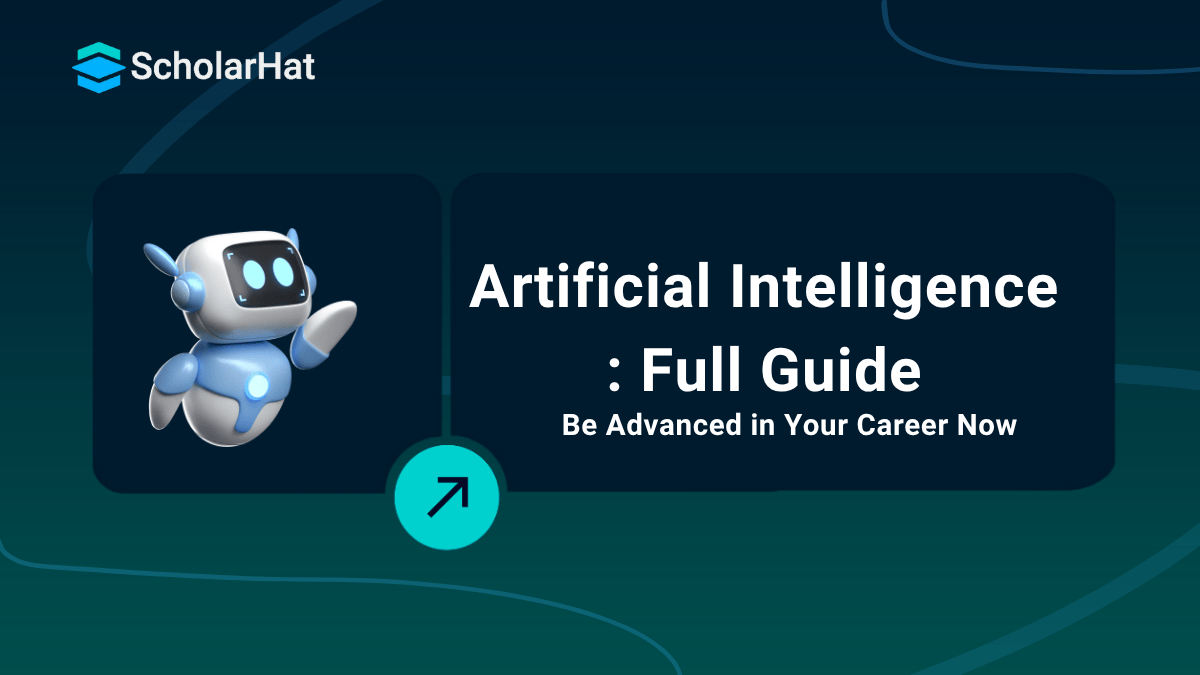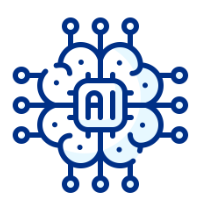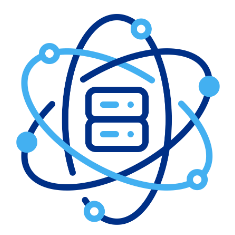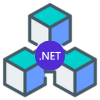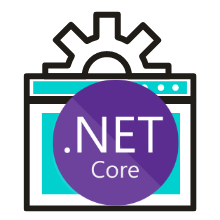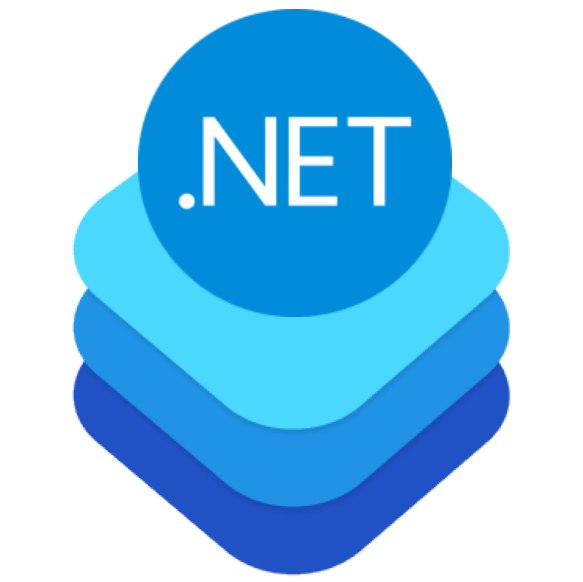21
NovHow Can I Learn Artificial Intelligence?
If you have ever asked yourself, “How can I learn Artificial Intelligence?” or “Is AI really worth investing my time and career in?” then the answer is YES. Artificial Intelligence is not just a buzzword, it’s the backbone of the future. By mastering AI fundamentals like Machine Learning, Deep Learning, and Natural Language Processing, you place yourself at the forefront of innovation, where businesses and industries are actively seeking talent to lead digital transformation. With AI skills, you’re not just keeping up with technology, you’re shaping it.
Hence, in this Artificial Intelligence tutorial, we will explore how to start your journey, the essential skills you need, and the best resources to master Artificial Intelligence. And if you’re ready to begin, check out our Free AI Course to take your career to the next level.
Artificial Intelligence Roadmap
You can learn Artificial Intelligence by starting with the basics of programming (preferably Python) and strengthening your foundation in mathematics, especially linear algebra, probability, and statistics. Once you’re comfortable, move on to core AI concepts like Machine Learning and Deep Learning, using popular frameworks such as TensorFlow and PyTorch to build hands-on projects.
| Read More: Python For Data Science and AI Certification Training |
Exploring areas like Natural Language Processing, Computer Vision, and Generative AI will help you understand real-world applications. Along the way, take advantage of free courses, tutorials, and research papers, and gradually work on building a strong project portfolio. With consistency and practice, you’ll be able to not only understand AI but also apply it to solve complex problems and accelerate your career growth. Lets Learn step -by-step.
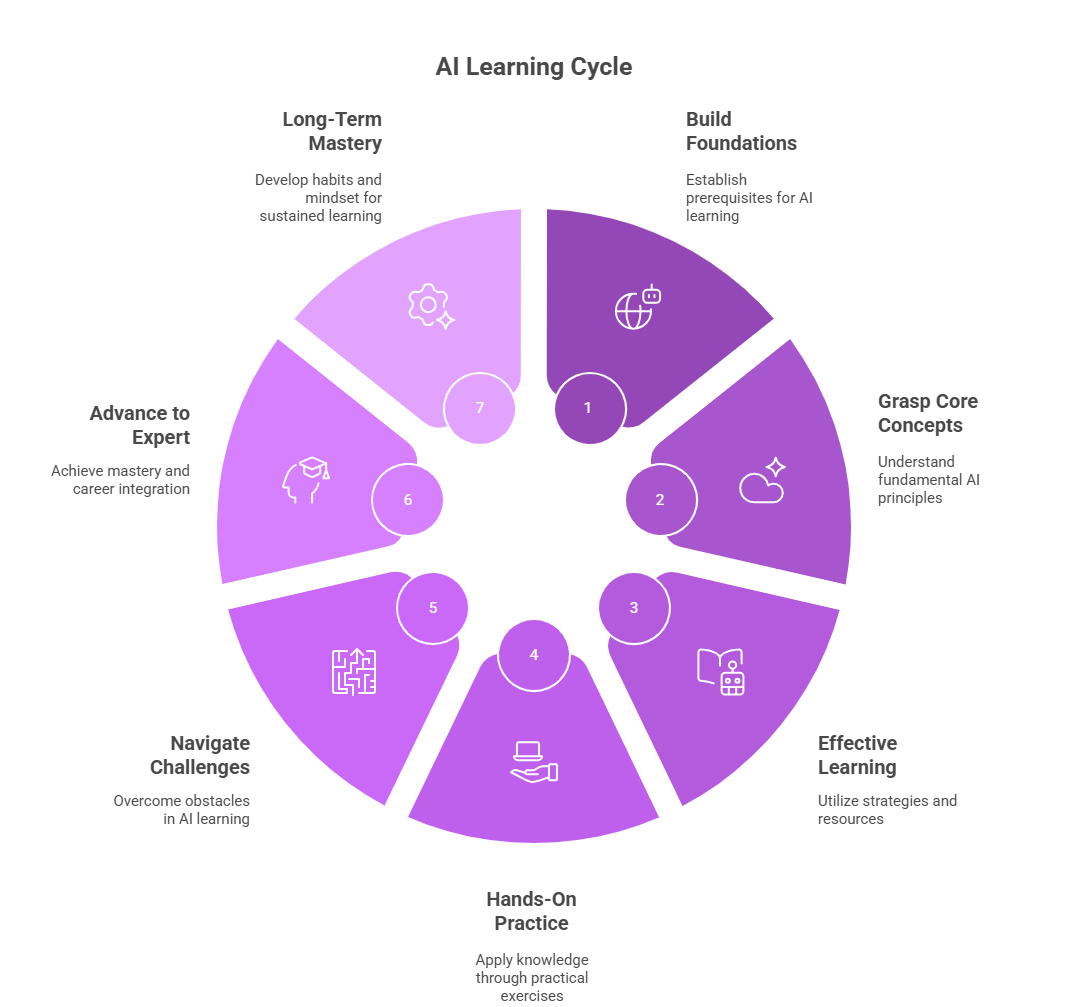
Step 1: Building the Foundations – Prerequisites for AI Learning
Before delving into AI specifics, solidify your basics. AI isn't magic; it's built on solid groundwork. If you're starting from zero, focus here first.
Programming Skills
AI development relies heavily on coding. Python is the de facto language due to its simplicity and vast libraries like TensorFlow, PyTorch, and scikit-learn. Start with Python basics: variables, loops, functions, and object-oriented programming.
Once comfortable, learn data manipulation with libraries like NumPy for numerical computations and Pandas for data handling. Practice by building simple scripts, such as analyzing a dataset from Kaggle.
Mathematics and Statistics
AI algorithms are mathematical at heart. Key areas include:
- Linear Algebra: Vectors, matrices, eigenvalues—essential for understanding neural networks. Khan Academy's linear algebra series is beginner-friendly.
- Calculus: Derivatives, integrals, and gradients for optimization in machine learning. Focus on multivariable calculus.
- Probability and Statistics: Concepts like Bayes' theorem, distributions, hypothesis testing. These underpin models like Naive Bayes classifiers.
Don't aim for PhD-level depth initially; grasp intuitions first. Books like Mathematics for Machine Learning by Marc Peter Deisenroth provide targeted coverage.
Computer Science Basics
Understand data structures (arrays, trees, graphs) and algorithms (sorting, searching). These are crucial for efficient AI implementations. Track progress with small projects, like implementing a sorting algorithm in Python.
Step 2: Grasping Core AI Concepts
With foundations set, explore AI's pillars. AI encompasses subfields like Machine Learning (ML), Deep Learning (DL), Natural Language Processing (NLP), Computer Vision, and Reinforcement Learning.
Machine Learning Fundamentals
ML is AI's workhorse, where systems learn from data without explicit programming. Start with supervised learning: regression (predicting continuous values, e.g., house prices) and classification (categorizing, e.g., spam detection).
Key algorithms:
- Linear Regression: Simple yet powerful for predictions.
- Decision Trees and Random Forests: Intuitive for handling complex data.
- Support Vector Machines (SVM): Effective for high-dimensional spaces.
Unsupervised learning follows: clustering (grouping similar data, e.g., K-Means) and dimensionality reduction (e.g., PCA for simplifying datasets).
Andrew Ng's Machine Learning course on Coursera is legendary—it's free to audit and includes programming assignments in Octave/MATLAB, transferable to Python.
Deep Learning: The Power of Neural Networks
DL uses multi-layered neural networks to model complex patterns. Begin with feedforward networks, then convolutional neural networks (CNNs) for images and recurrent neural networks (RNNs), including LSTMs, for sequences like text.
Key tools: TensorFlow or PyTorch. Fast.ai's Practical Deep Learning for Coders course is hands-on and assumes minimal prior knowledge.
Understand backpropagation for training networks and optimizers like Adam. Experiment with pre-trained models via transfer learning to avoid starting from scratch.
Specialized Domains
- NLP: Tokenization, sentiment analysis, transformers (e.g., BERT). Hugging Face's Transformers library democratizes this.
- Computer Vision: Image classification, object detection (YOLO). OpenCV is a staple library.
- Reinforcement Learning: Agents learning via rewards (e.g., Q-Learning). OpenAI Gym provides environments for practice.
Read Deep Learning by Ian Goodfellow for theoretical depth.
Step 3: Effective Learning Strategies and Resources
Learning AI requires a blend of theory, practice, and community engagement.
Structured Online Courses
- Coursera: Specializations like Google's Machine Learning Crash Course.
- fast.ai: Free, practical DL courses with forums for support.
- Kaggle Courses: Bite-sized, integrated with datasets.
Aim for 10-15 hours weekly. Complete assignments religiously. If you are also passionate for Azure You can start learn AI with following course.
| Free Azure AI-900 Certification Course |
Books for In-Depth Understanding
- Beginners: Hands-On Machine Learning with Scikit-Learn, Keras, and TensorFlow by Aurélien Géron—code-heavy.
- Intermediate: Pattern Recognition and Machine Learning by Christopher Bishop—math-focused.
- Advanced: Artificial Intelligence: A Modern Approach by Stuart Russell and Peter Norvig—comprehensive AI bible.
- Interview Special Scholarhat's Free AI Books: Azure AI Engineer Interview Questions and Answers Book
Online Platforms and Communities
- Kaggle: Competitions hone skills; datasets for projects.
- GitHub: Fork repositories, contribute to open-source AI projects.
- Stack Overflow/Reddit (r/MachineLearning): Ask questions, follow discussions.
- YouTube Channels: 3Blue1Brown for math visualizations, Sentdex for Python AI tutorials.
Join meetups via Meetup.com or Discord servers for AI enthusiasts.
MOOCs and Certifications
Earn credentials: Google's Professional Machine Learning Engineer or AWS Certified Machine Learning. These validate skills for job hunts.
Step 4: Hands-On Practice – The Key to Retention
Theory alone won't suffice; AI is experiential. Build projects to apply knowledge.
Beginner Projects
- Predict Iris flower species using scikit-learn (classification).
- Build a simple chatbot with NLTK.
- Analyze movie reviews for sentiment.
Use Jupyter Notebooks for experimentation.
Intermediate Projects
- Image classifier for cats vs. dogs with CNNs on TensorFlow.
- Stock price predictor using LSTM.
- Recommendation system mimicking Netflix (collaborative filtering).
Leverage datasets from UCI Machine Learning Repository.
Advanced Projects
- Generative Adversarial Networks (GANs) for fake image generation.
- Reinforcement learning agent for games like CartPole.
- NLP model for translation using transformers.
Document projects on GitHub; create a portfolio. Participate in hackathons on Devpost.
Tools to master:
- IDEs: VS Code, PyCharm.
- Version Control: Git.
- Cloud Platforms: Google Colab (free GPUs), AWS SageMaker.
Practice debugging—AI code often fails due to data issues or hyperparameters.
Step 5: Navigating Challenges and Common Pitfalls
Learning AI isn't linear; expect hurdles.
Overwhelm from Breadth
AI evolves rapidly (e.g., diffusion models like Stable Diffusion). Focus on fundamentals first; trends follow.
Data Quality Issues
Garbage in, garbage out. Learn data cleaning, augmentation. Tools: OpenRefine.
Computational Resources
DL needs GPUs. Use Colab or Kaggle kernels initially; upgrade to personal hardware later.
Ethical Considerations
AI can amplify biases. Study fairness (e.g., via Google's Responsible AI Practices). Avoid unethical applications.
Burnout Prevention
- Set milestones, take breaks. Join study groups for motivation.
- Troubleshoot by breaking problems: isolate bugs, use print statements.
Step 6: Advancing to Expert Level and Career Integration
- Once proficient, deepen expertise.
Research and Papers
- Read arXiv papers. Use tools like Papers with Code. Replicate studies.
Specializations
Choose niches: AI in healthcare (e.g., MedMNIST datasets), autonomous systems, or AI ethics.
Career Pathways
- Roles: Data Scientist, ML Engineer, AI Researcher.
- Build resume: Internships via LinkedIn, contribute to open-source.
- Networking: Attend conferences like NeurIPS (virtual options available).
Freelance on Upwork for AI tasks. Continuous learning: Follow AI newsletters like The Batch by DeepLearning.AI.
Step 7: Long-Term Mastery – Habits and Mindset
AI mastery is lifelong.
Daily Habits
- Code daily: 30 minutes minimum.
- Read news: AI Alignment Newsletter, Towards Data Science.
- Experiment: Tinker with new libraries.
Mindset Shifts
- Embrace failure—models often underperform initially.
- Be curious: Question how AI works in apps you use.
Measuring Progress
- Track with journals: What did I learn today? Quarterly reviews: Complete a capstone project.
- Collaborate: Pair program with peers.
Conclusion
Learning AI is a rewarding odyssey that demands patience, persistence, and passion. From prerequisites to advanced applications, this guide outlines a path adaptable to your pace. Start small, build momentum, and soon you'll create intelligent systems that solve real problems.
Remember, the field is inclusive, diverse backgrounds enrich AI. Whether aiming for a career pivot or personal growth, resources abound. Dive in today; the future of AI is yours to shape.

